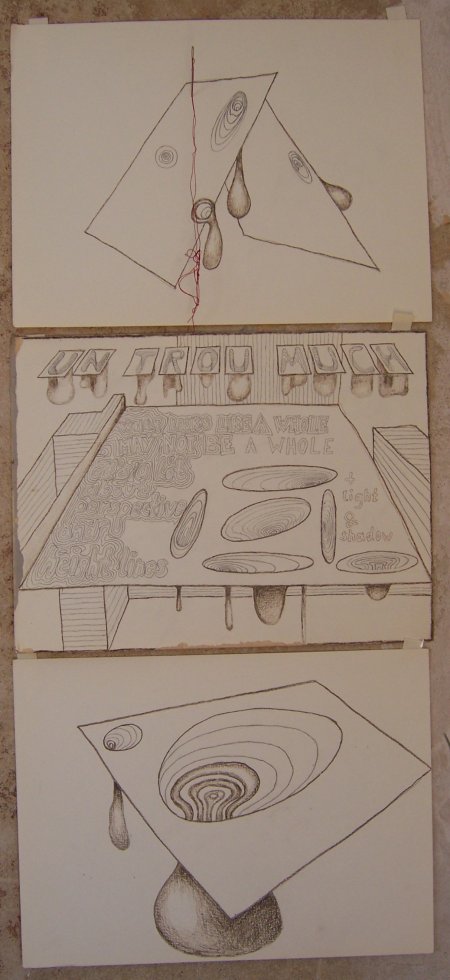on the perception and cognition of images
The perception and cognition of (moving) images is an important sujet of this blog, so I found it interesting to see that there is also a growing movement within the humanities, which is investigating these questions. In the bookstore of the Serpentine Gallery I found the book Echo Objects: The Cognitive Work of Images by Maria Stafford, however it was too expensive for me so I browsed through it only briefly (and I was a bit distracted since an interview with a musician took place right next to me).
From the text on the website:
Barbara Stafford is at the forefront of a growing movement that calls for the humanities to confront the brain’s material realities. In Echo Objects she argues that humanists should seize upon the exciting neuroscientific discoveries that are illuminating the underpinnings of cultural objects…..This, then, is a book for both sides of the aisle, a stunningly broad exploration of how complex images-or patterns that compress space and time-make visible the invisible ordering of human consciousness. Stafford demonstrates, for example, how the compound formats of emblems, symbols, collage, and electronic media reveal the brain’s grappling to construct mental objects that are redoubled by prior associations. On the other hand, she compellingly shows that findings in evolutionary biology and the neurosciences are providing profound opportunities for understanding aesthetic conundrums as old and deep-seated as the human urge to imitate, the mapping of inner space, and the role of narrative and nonnarrative representation.
I found the below “Hohle Traenen-Dartstryptichon fuer Naehnadeln” by Pierre Pleix a nice example of reflecting about e.g. the role of perspective, light, shadow and Contour lines (he calls them height lines according to the german word Hoehenlinie). In particular he illustrates with this artwork that Hatching is not only about creating tonal and shading effects, but that it serves also as a perceptional reference frame (see e.g. also). I.e. his contour lines are just too few to make up a shading but they are still a mean to make a fictious 3 dim trompe d’oeuil space better accessible.
Unfortunately apparently due to some problems within the art community (?), Pierre Pleix is currently sort of hiding in the french pyrenees.
Text on Pleix’ trompe d’oeuil of hollow teardrops-darts for sewing needles:
un trou much. what looks like a whole, may not be a whole. its a lot about perspective and height lines. and light and shadow.
